Top 13 Bloomreach Alternatives & Competitors in 2024
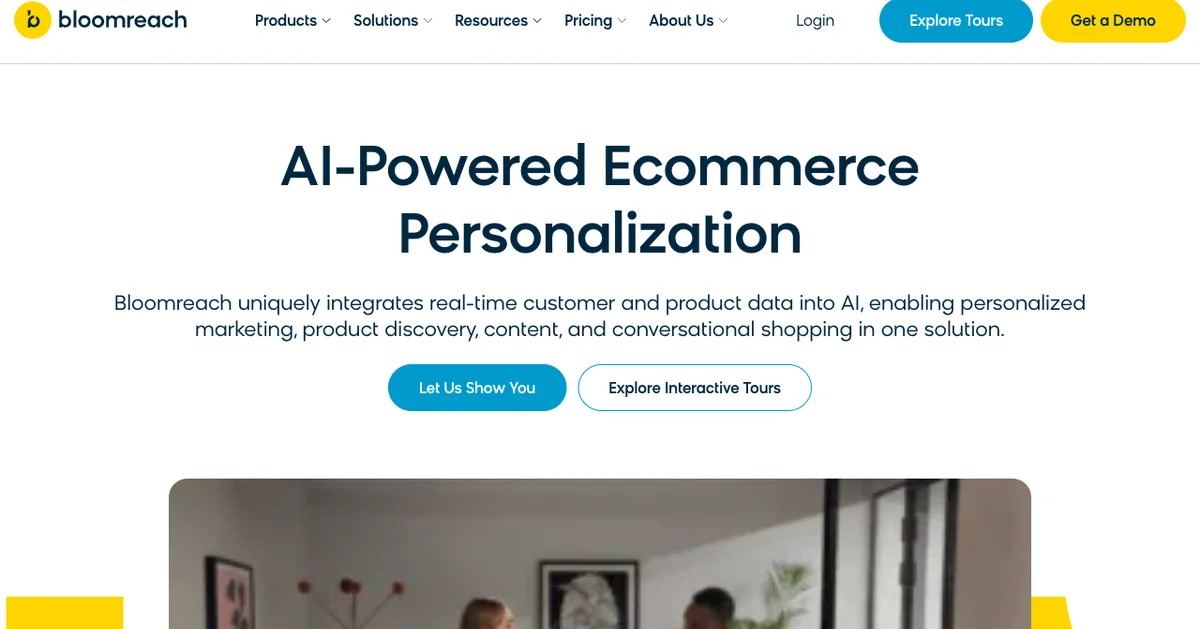
Bloomreach is a company making waves in the Digital Experience Platform (DXP) space. They help businesses create personalized customer interactions to improve the online journey. With features that cover content management, search, and merchandising, Bloomreach positions itself as a single source for brands looking to improve their digital presence. Many businesses value their ability to connect data with content creation, making it easier to engage with customers effectively.
As the digital landscape evolves, Bloomreach stands out by offering solutions for customization and scalability. Their platform caters to companies of different sizes, helping them adapt to changing consumer expectations. With rising competition, businesses need to consider their options carefully. Exploring alternatives to Bloomreach can help brands find the right fit for their needs, whether focusing on content delivery, analytics, or customer engagement. The right choice can significantly impact how effectively a brand connects with its audience.
While Bloomreach is a great product, it’s always good to shop around and look for alternatives. This article identifies some top competitors and their pros and cons.
Adobe Experience Manager
Adobe Experience Manager (AEM) is a Digital Experience Platform that helps businesses create, manage, and optimize content across multiple channels. AEM stands out in the market due to its integration with Adobe’s creative tools and marketing solutions, making it a good fit for companies invested in Adobe products. This connection allows marketers and content creators to collaborate easily, crafting engaging experiences with high-quality assets.
AEM effectively manages content for both web and mobile applications. It offers a customizable interface and templates, allowing companies to tailor their customer interactions, which can lead to increased engagement. AEM also includes strong analytics tools, enabling companies to measure the effectiveness of their content strategies within the platform for quicker data-driven decisions.
Adobe started in the late 1980s focused on graphic design software, later evolving into a digital marketing and experience platform that reshaped how businesses handle customer journeys today. AEM’s strengths in scalability and security are crucial for large enterprises seeking dependable solutions that grow with them.
With AEM, businesses gain integration capabilities that connect various marketing technologies, providing a unified view of customer data. This can improve customer personalization efforts, leading to higher conversion rates and better loyalty over time.
Pros:
- Integration with Adobe’s creative tools
- Strong analytics for decision-making
- Effective mobile and web content management
- Scalable for large enterprises
Cons:
- Often comes with a steep learning curve
- Can be expensive for smaller businesses
- May require significant IT resources for customization
Sitecore
Sitecore is a prominent player in the Digital Experience Platform space, known for its flexibility and ability to adapt to various business needs. Organizations use Sitecore to connect marketers and developers seamlessly. This synergy allows businesses to create personalized and engaging digital experiences while ensuring their backend systems are in sync.
A key differentiator for Sitecore is its focus on delivering tailored experiences. The platform enables companies to recognize users across all touchpoints—whether in-store, on a mobile device, or via the web. This capability fosters better customer journeys, loyalty, and retention. For example, Bachman’s saw significant gains in e-commerce performance, showcasing how Sitecore can drive results.
The versatility of Sitecore’s offerings, particularly with Sitecore OrderCloud, has proven to improve online operations, making it a strong alternative to other solutions. It provides businesses with extensive features that support complex projects while prioritizing user experience. This adaptability allows teams to manage multiple digital touchpoints efficiently, boosting both productivity and customer engagement.
Sitecore’s community of experts and partners strengthens its market position. This network enables ongoing improvement for clients and offers resources to address their unique challenges, which some may find lacking in other platforms.
Pros
- Flexible and adaptable platform
- Strong focus on personalized user experiences
- Robust community support
- Proven results in e-commerce performance and efficiency
Cons
- Can be complex to implement for smaller organizations
- Higher investment may be required for full capabilities
Optimizely
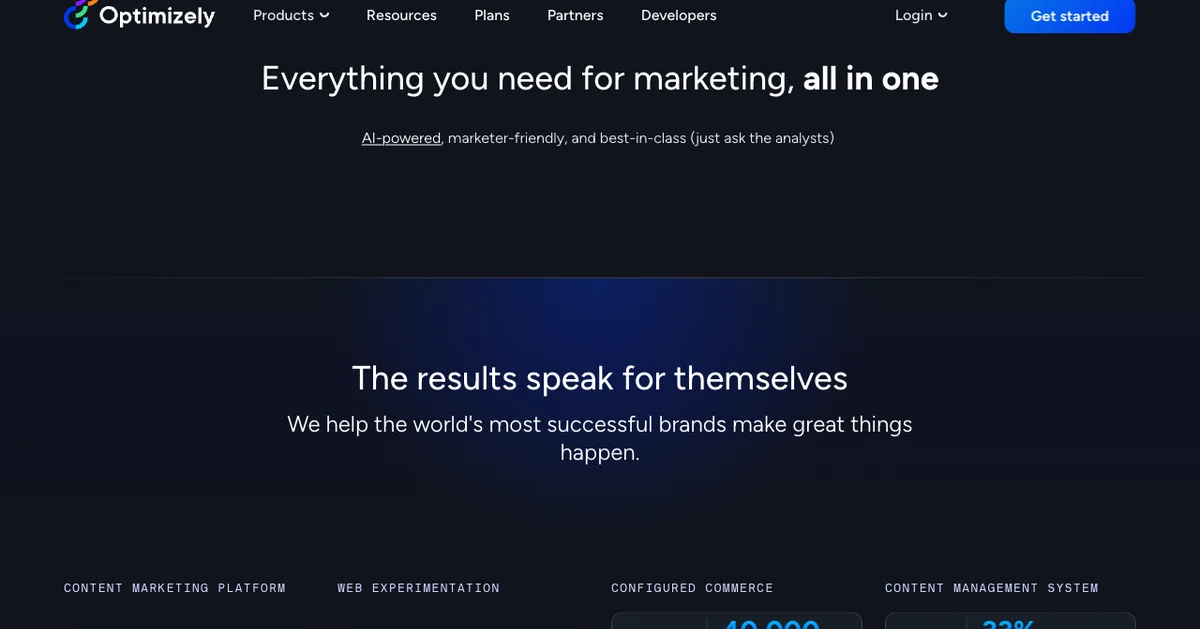
Optimizely positions itself as a digital experience platform designed to meet the demands of modern marketing. Their approach combines various functionalities into one system. This includes content management and optimization, allowing teams to create, test, and analyze content across all touchpoints. Optimizely focuses on helping marketers deliver user experiences quickly and effectively.
What sets Optimizely apart is its emphasis on personalization and experimentation. The platform uses customer data to create meaningful interactions, allowing businesses to adapt their messaging based on user behavior. This “business to human” philosophy resonates with brands aiming to build deeper connections with their audiences. The ability for web experimentation enables companies to test new features and content strategies to measure impact in real time, ensuring decisions are based on data.
Optimizely’s story is rooted in innovation. They support not just marketing teams but also developers who need a fast and secure environment to launch new features. This makes Optimizely a suitable choice for businesses looking for a platform that caters to multiple roles within a company, fostering collaboration across teams.
Their commitment to integrating with tools like Google Analytics and Microsoft 365 enhances the platform’s versatility, allowing businesses to maintain their existing workflows while benefiting from Optimizely’s features.
Pros
- All-in-one platform that covers marketing lifecycle needs
- Strong focus on personalization and experimentation
- Easy integration with popular tools
- Supports collaboration between marketers and developers
Cons
- May be overwhelming for smaller teams due to extensive features
- Requires a learning curve to fully access all functionalities
- Pricing may be a consideration for startups or smaller businesses
Acquia
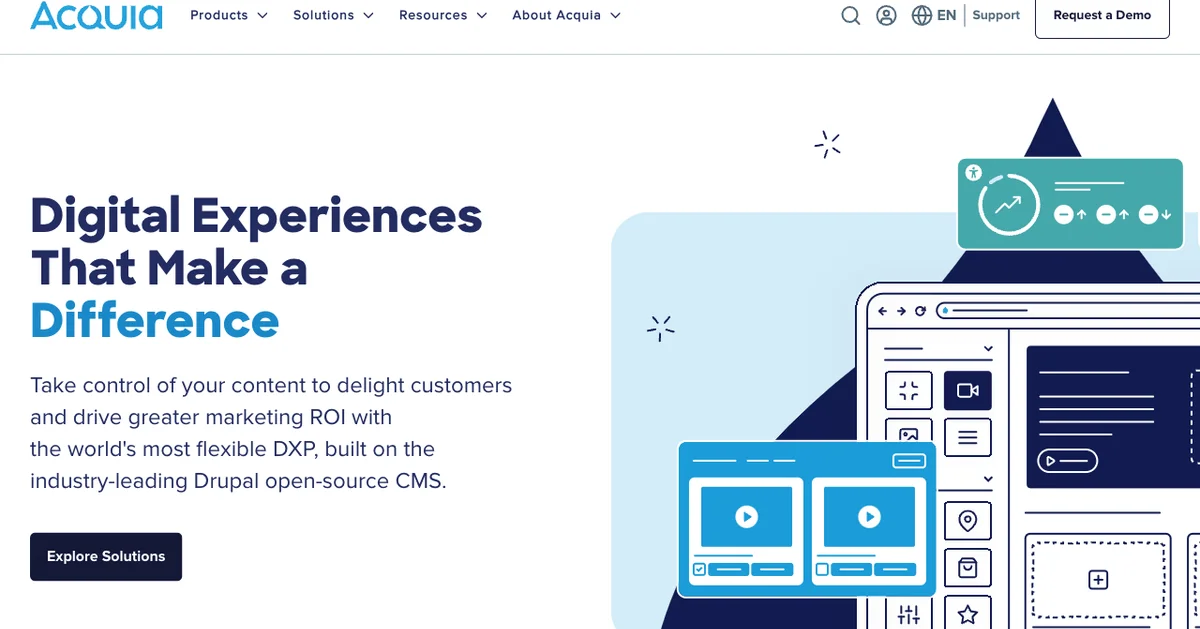
Acquia is a key player in the Digital Experience Platform (DXP) market, known for its strong base on Drupal, the leading open-source content management system. The company aims to provide businesses with the tools to create engaging, personalized digital experiences. This focus on flexibility and user-centric solutions sets Acquia apart from competitors.
A standout feature is Acquia’s commitment to collaboration in content management. Their tools enable teams to work together effectively, simplifying the management of rich content across various channels. Success stories of organizations like Zurich, which reduced content retrieval time by 500%, highlight Acquia’s impact on productivity.
Another offering is Acquia DAM (Digital Asset Management), which integrates smoothly with Drupal and over 80 other tools. Its AI-assisted capabilities help organizations manage and optimize content assets. Boise State University, for instance, improved its accessibility and SEO scores by over 10% with Acquia’s assistance, demonstrating how the platform can improve digital compliance and engagement.
Acquia positions itself as a complete DXP that prioritizes customer insights. Businesses can analyze real-time data to tailor experiences that connect with users. Clarks discovered that multi-channel customers purchase 440% more often than those on single channels, emphasizing the need for cohesive experiences that Acquia provides.
Acquia offers strong tools for content creation, management, and data-driven insights, making it a solid alternative to alt_13.
Pros
- Strong base on the Drupal CMS
- Improved collaboration tools for teams
- AI-assisted Digital Asset Management
- Real-time analysis for actionable insights
- Focus on accessibility and compliance
Cons
- May require a learning curve for new users
- Best for users already familiar with Drupal
Salesforce Experience Cloud
Salesforce Experience Cloud stands out in the Digital Experience Platform space as a strong alternative to alt_13. This platform connects marketing, sales, service, and commerce, providing a solid solution for businesses looking to boost customer engagement. Its main strength is its comprehensive CRM capabilities, allowing businesses to manage customer relationships from one location.
A key feature of Salesforce Experience Cloud is its integration of AI through Agentforce. This allows businesses to create custom AI agents that streamline tasks and improve productivity. These agents operate around the clock, assisting employees and customers, which enhances operational efficiency without placing heavy demands on resources. The platform’s ability to unify data across departments enables everyone in an organization to access real-time insights, supporting smarter decision-making.
Salesforce’s approach to customer experience is based on its history of offering user-friendly, scalable solutions. The Starter Suite provides small businesses an easy starting point, helping them quickly implement a solution that aids their growth. As companies grow, they can capitalize on the platform’s extensive features without needing to switch systems.
The blend of strong analytics, customizable service case management, and intuitive reporting gives businesses a competitive advantage. Users can benefit from quick setup, robust support networks, and resources that improve return on investment.
Pros
- Strong integration across various business functions
- Customizable AI agents via Agentforce improve efficiency
- Real-time analytics and reporting support informed decision-making
- User-friendly Starter Suite for small businesses
- Scalable solutions for businesses of all sizes
Cons
- Some users may find the many features overwhelming
- The cost may be higher than simpler platforms
Liferay
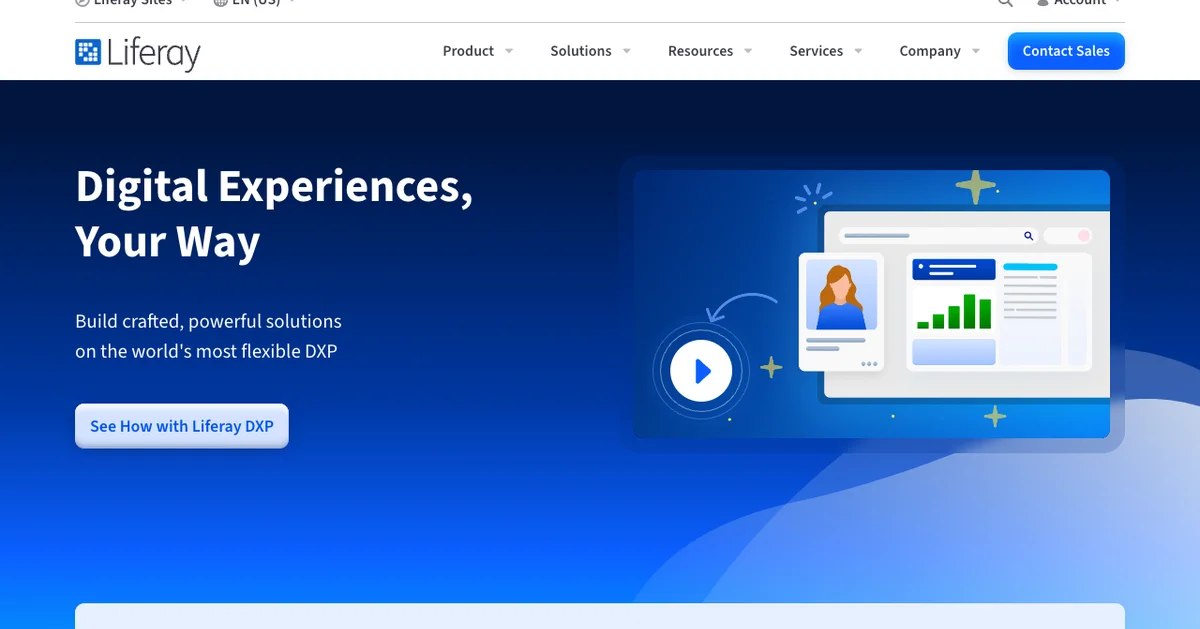
Liferay is a key player in the Digital Experience Platform (DXP) space, offering solutions that stand out for their flexibility and composability. As an alternative to alt_13, Liferay helps organizations build digital experiences that meet their needs. Its platform allows users to create customized digital solutions without being restricted by rigid structures, making it suitable for various applications—from B2B to B2C.
One of Liferay’s key features is its low-code configuration. This enables business users to create and manage digital experiences without needing extensive technical knowledge. Whether you want to improve customer journeys or improve internal processes, Liferay’s user-friendly tools support quick adjustments to changing needs. The platform also focuses on authentication, allowing businesses to deliver personalized experiences based on user roles and permissions, which increases relevance and engagement.
Liferay integrates well with existing systems. Its composable nature means organizations don’t have to abandon their current infrastructure; they can adopt various technologies as needed. This flexibility appeals to many companies facing the challenge of balancing innovation with legacy systems.
With a large global customer base, Liferay has shown it can support complex business needs. Feedback highlights the platform’s ability to handle changing requirements without constant re-engineering, allowing organizations to concentrate on accelerating their growth.
Pros:
- Flexible architecture that adapts to unique business demands
- Low-code capabilities enable non-technical users to manage content
- Composable platform allows easy integration with existing tools
- Personalization options improve user experiences
- Support for various deployment strategies, including SaaS and self-hosting
Cons:
- Learning curve for those unfamiliar with low-code tools
- May need dedicated resources for setup and configuration
- Performance can vary based on the complexity of the implemented solutions
Kentico
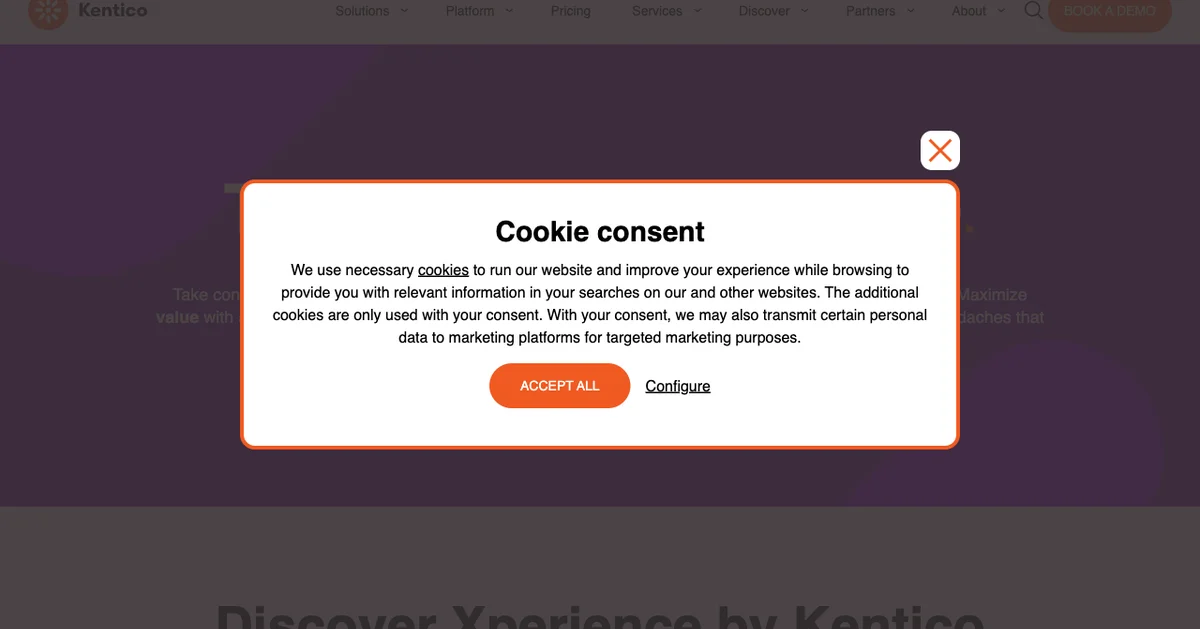
Kentico is a key player in the digital experience platform (DXP) space with its solution, Xperience. It stands out by offering a hybrid headless architecture that allows businesses to reach the market quickly and with flexibility. This setup means organizations can start with a smaller scope and expand their capabilities as they grow, adapting to changing needs without major overhauls.
Kentico aims to assist marketing teams. Its platform includes a range of low-code and no-code tools for marketers, allowing them to build and manage customer journeys independently. This independence helps decrease reliance on developers and boosts productivity. The integration of built-in multichannel marketing tools enables streamlined campaigns and a clear view of customer interactions, significantly improving personalized experiences.
Another key benefit of Kentico is its focus on efficiency and cost-effectiveness. With a cloud-native model, it provides scalability and security while remaining affordable. Organizations can avoid high costs related to expensive upgrades, which often hinder other platforms in the industry.
Kentico has established itself in the market, being recognized in the 2023 Gartner Magic Quadrant for DXPs and earning a spot as a G2 Leader. This recognition reflects its capabilities and the value it offers users, who have noted improvements in conversion rates and overall performance.
Kentico is a strong alternative to alt_13, featuring benefits like hybrid headless architecture, user-friendly tools for marketers, and an emphasis on ROI and growth potential.
Pros
- Fast implementation with hybrid headless architecture
- Supports marketing teams with low-code/no-code tools
- Seamless integration for a complete view of customer data
- Cost-effective with cloud-native scalability
- Recognized leader in the DXP space
Cons
- May have a steeper learning curve for some developers
- Fewer advanced features compared to the largest players in the market
Magnolia CMS
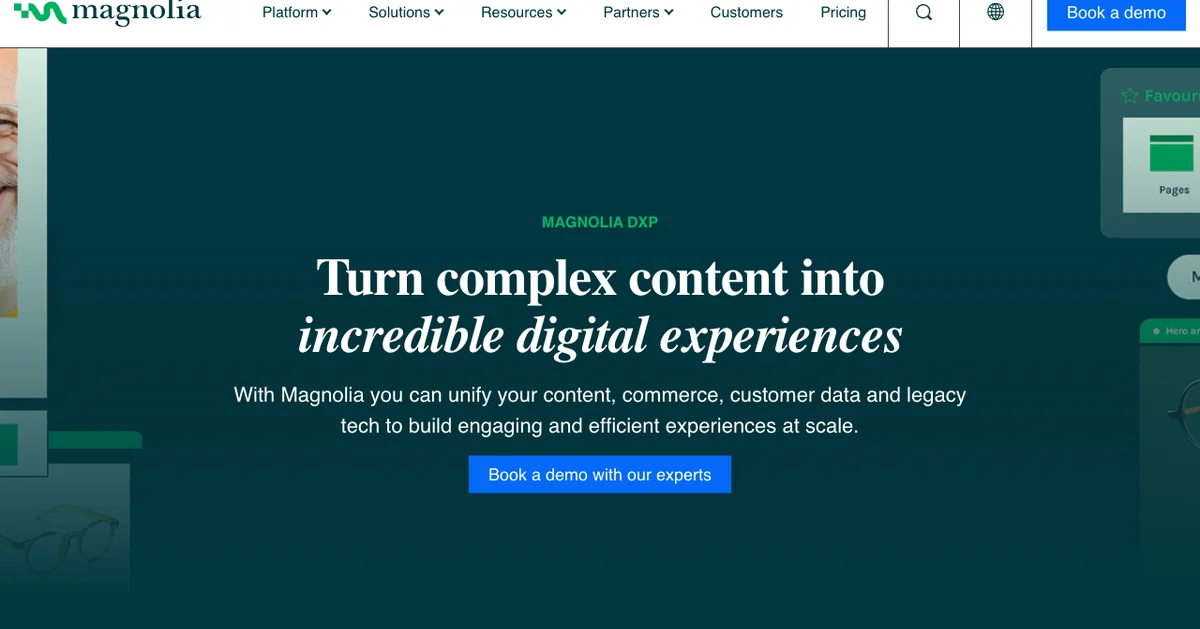
Magnolia CMS positions itself as a strong alternative in the Digital Experience Platform space, focusing on unifying content, commerce, and customer data. They aim to change complex content management into improved digital experiences. A key feature of Magnolia is its single interface, allowing teams to build, manage, and deliver websites, portals, and apps efficiently. This integration helps businesses streamline efforts across multiple channels and touchpoints without juggling separate systems.
Magnolia has built its reputation on reliability and security, crucial for global enterprises. Companies can use their platform to ensure consistent user experiences while managing content at scale. The platform also includes AI capabilities that integrate into existing workflows, boosting productivity without compromising brand integrity.
Magnolia’s story is based on its commitment to helping businesses move quickly. They aim to assist organizations in reducing time-to-market and cutting costs, a strong proposition for companies seeking efficiency. The platform shows impressive metrics; users report significant improvements in conversion rates and faster content updates.
From the beginning, Magnolia attracted global brands, which rely on them to support digital journeys. By allowing easy migration from monolithic systems, they help businesses maintain previous investments while opening pathways for innovation.
Pros
- Unified content management for various platforms
- Seamless integration of commerce and data
- Strong focus on enterprise security and reliability
- Improved productivity with AI integrations
- Proven track record with major brands
Cons
- Potential learning curve for new users unfamiliar with the interface
- May require investment in training for team members
- Pricing could be a consideration for smaller businesses
Oracle CX Content
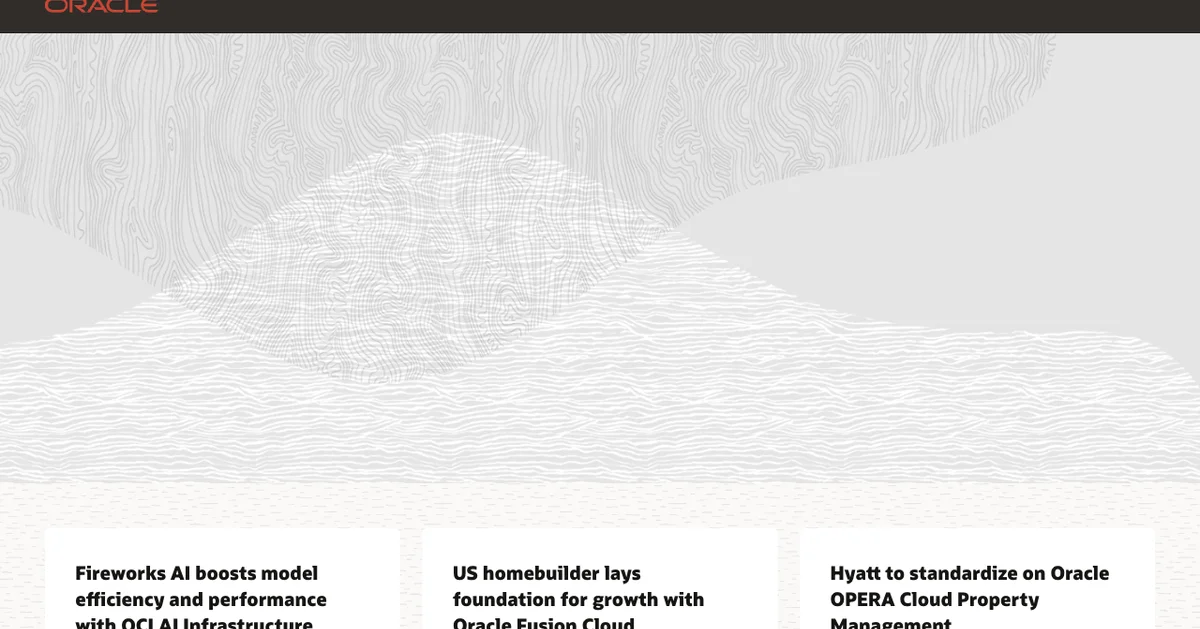
Oracle CX Content stands out as a solid alternative to alt_13 in the digital experience platform space. It integrates well into Oracle’s broader cloud infrastructure, using advanced AI and data analytics. This makes it appealing for businesses aiming to improve customer engagement and streamline content management.
A unique feature of Oracle CX Content is its personalization capabilities. It allows businesses to tailor content for different audience segments using real-time data. This improves the user experience and boosts customer satisfaction. Additionally, Oracle’s commitment to security and compliance—important for industries like healthcare and finance—can reassure organizations that handle sensitive data responsibly.
Historically, Oracle has established itself as a leader in cloud services with its extensive suite of applications, earning recognition in the 2024 Gartner Magic Quadrant. This reputation provides reliability that can be comforting for enterprises. Its vast experience in managing large-scale implementations distinguishes it from newer entrants in the digital experience market.
Another benefit is Oracle’s multicloud strategy. Companies can use its tools across various environments, including public and dedicated clouds, offering flexibility. With a strong focus on automation, businesses can reduce time on repetitive tasks—enabling teams to focus on building connections with customers.
Oracle CX Content offers personalization, security, a trusted legacy, and automation as key benefits.
Pros
- Strong personalization features
- Robust security and compliance
- Trusted leader in cloud services
- Flexibility with multicloud integration
- High automation capabilities
Cons
- May be complex for small businesses
- Requires investment in training and resources
- Competition from niche players with specialized offerings
Progress Sitefinity

Progress Sitefinity is a strong player in the digital experience platform market. They offer a suite designed to equip marketers and developers with tools to create engaging, cross-platform digital experiences. Their platform stands out with a blend of content management and experience delivery features, aimed at improving user interactions while driving ROI for businesses.
A notable aspect of Sitefinity is its focus on flexibility. It provides an adaptable toolset that meets the unique needs of various organizations. This flexibility benefits companies that require customized solutions. Progress also emphasizes integrating AI into their services, allowing clients to develop and manage AI-powered applications easily. This distinguishes them from many competitors who may not emphasize artificial intelligence to the same extent.
The story behind Progress highlights a commitment to innovation and user engagement. They recognize the challenges marketers face when managing content and customer experiences. By offering smart tools that provide insights into customer journeys, businesses can refine their strategies and deliver personalized experiences.
With its combination of a strong back-end for developers and user-friendly marketing tools, Sitefinity fosters collaboration between IT and marketing teams. Companies can streamline workflows and shorten the time to market for new digital initiatives.
Progress Sitefinity features AI integration, flexible toolsets, and insightful analytics that make it a compelling alternative to Bloomreach.
Pros
- Flexible and adaptable platform
- Strong focus on AI-powered applications
- Comprehensive tools for both marketers and developers
- Insight-driven approach to customer journey management
Cons
- May require a learning curve for new users
- Integration with existing systems might need customization
- Pricing can be a consideration for smaller businesses
Crownpeak
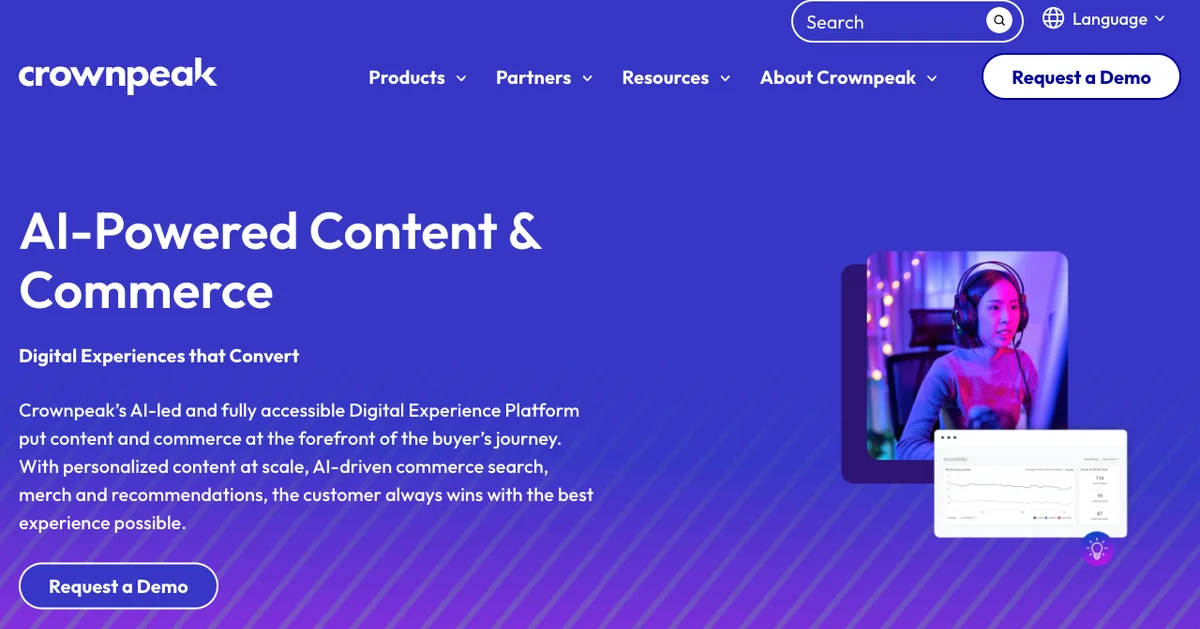
Crownpeak is a strong alternative in the Digital Experience Platform space, standing out with a range of features that highlight flexibility and AI-driven capabilities. Crownpeak offers a hybrid headless content management system, allowing marketers to publish content without heavy reliance on IT. It’s simple yet effective, letting businesses adjust their strategies and deliver tailored experiences across devices easily.
Crownpeak stands out for its focus on accessibility. It integrates digital quality and compliance checks directly into the workflow, ensuring brands meet important guidelines like WCAG and ADA. This is vital today, as customers expect inclusivity, and businesses face legal challenges if they fall short. Their tools help reduce risks and improve brand reputation by creating a more inclusive online environment.
Another key feature is its composable architecture. This design allows organizations to connect their existing tools with Crownpeak, providing a more adaptable platform that can meet changing needs. Businesses won’t feel tied to one vendor’s ecosystem and can easily innovate by adding solutions as needed. This flexibility is essential in a fast-moving digital landscape.
Crownpeak has built its reputation by working with influential brands, including 25% of the Top 50 EU Retailers. Their focus on increasing production efficiency, as shown by client feedback, highlights their aim of improving digital experiences quickly.
Key points to consider:
Pros
- Hybrid headless architecture benefits both marketers and IT.
- Strong focus on digital accessibility and compliance.
- Composable architecture allows flexible integrations.
- Proven history with major brands.
Cons
- Potential learning curve for new users.
- May need custom configurations for best results.
Episerver
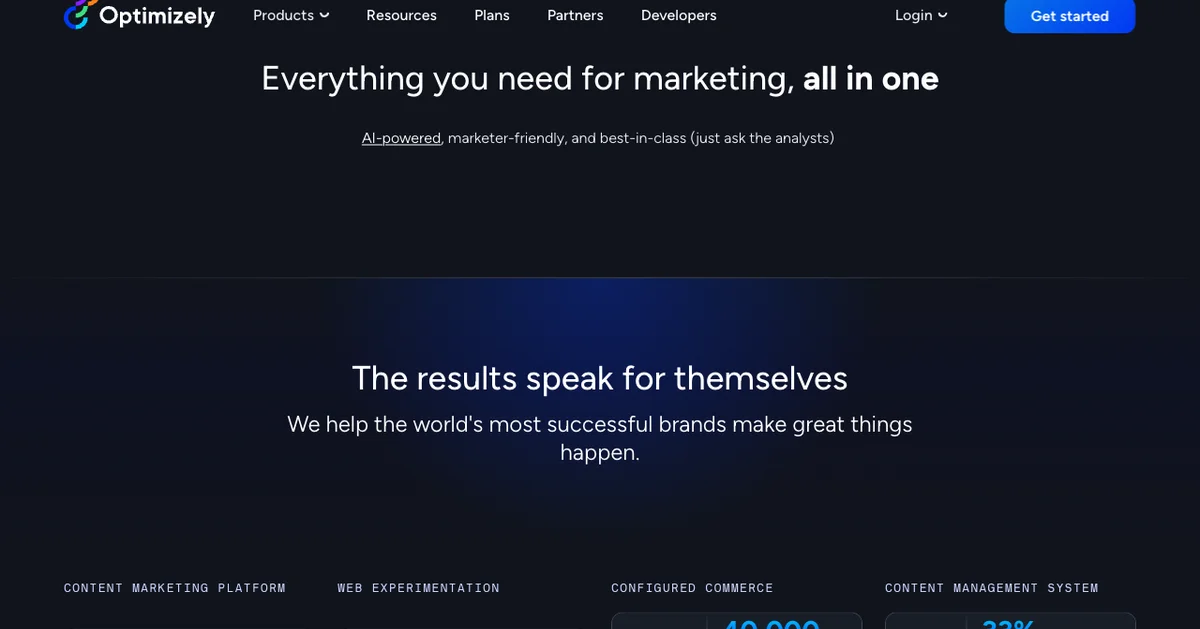
Optimizely offers an alternative in the Digital Experience Platform (DXP) market, presenting itself as an all-in-one solution for marketers. It stands out by integrating functionalities like content management, digital optimization, web experimentation, and experience-led commerce.
A unique feature is the Content Orchestration capability, which streamlines the entire content supply chain. Teams can plan, create, and launch engaging experiences more efficiently. With AI-powered tools, Optimizely simplifies complex tasks, allowing marketing teams to focus on creativity rather than logistics.
Optimizely’s strength lies in delivering meaningful, personalized interactions. By combining customer data with testing methodologies, it improves the customer journey at every touchpoint, reflecting the “business to human” philosophy. This data-driven approach enables marketers to iterate quickly and improve performance based on real-world insights, setting itself apart from alternatives that may not prioritize experimentation.
The emphasis on experience-led commerce is another differentiator. Optimizely allows businesses to create tailored buying experiences that boost customer loyalty and increase revenue. This focus on measurable ROI resonates well in today’s market, where organizations seek to justify their investments.
Pros
- Everything integrated into one platform
- Strong abilities in personalized customer interactions
- Emphasis on experimentation and data-driven decisions
- Focus on experience-led commerce
Cons
- May have a steeper learning curve for new users
- Requires a commitment to use all features effectively
- Pricing may be a concern for smaller businesses
IBM Digital Experience
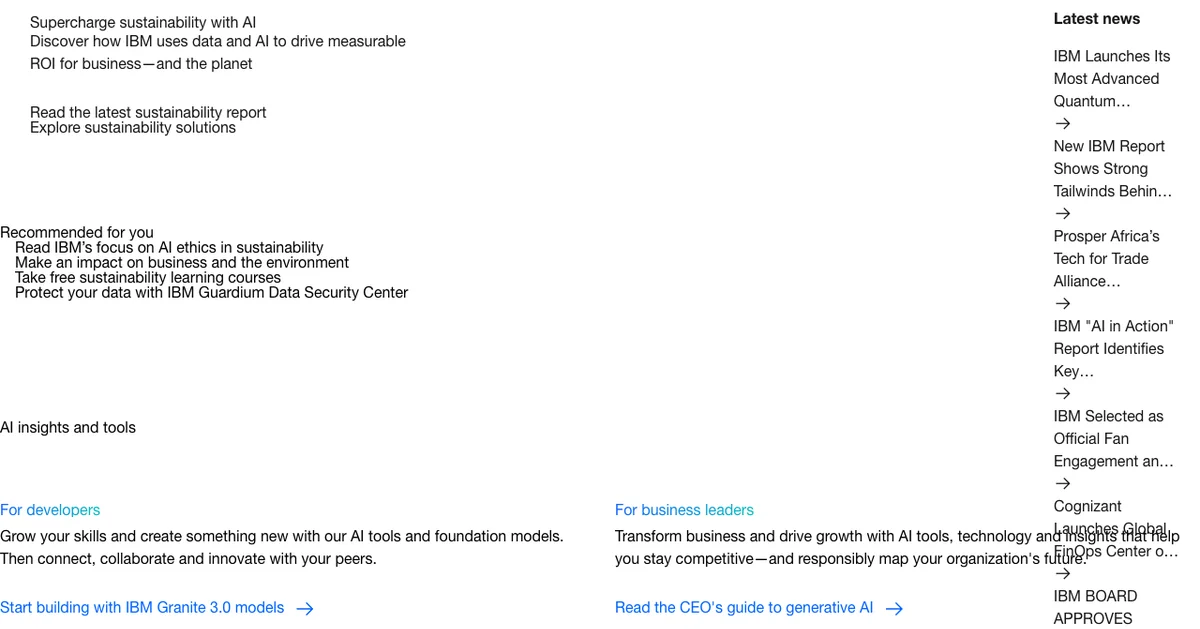
IBM Digital Experience is a strong alternative to Bloomreach in the Digital Experience Platform market. Part of IBM’s suite of technology solutions, it focuses on using AI and data to improve user interactions and drive business value. The IBM Digital Experience suite helps businesses create engaging digital environments tailored to their audience’s needs.
A notable feature is its ability to integrate with various IBM services, allowing for a smooth flow of data across platforms. This connectivity supports businesses in changing their customer engagement strategies, improving personalization and optimizing digital touchpoints. IBM’s commitment to sustainability is clear in its use of AI to address environmental challenges, helping companies make responsible decisions that benefit both their finances and the planet.
IBM’s history in technology innovation sets it apart, offering deep expertise from decades of experience. Their focus on hybrid cloud solutions allows businesses to maintain flexibility while scaling operations—an advantage for organizations aiming to adapt quickly in a digital-first environment.
Another unique aspect of IBM Digital Experience is the integration of advanced analytics and automation tools that help businesses make informed decisions. This allows organizations to focus on growth without sacrificing operational efficiency. Collaboration with IBM Consulting also provides tailored implementations, assisting businesses in effectively achieving their specific goals.
Pros
- Seamless integration with various IBM services
- Strong emphasis on sustainability and responsible business practices
- Extensive experience and innovation in technology solutions
- Advanced analytics and automation capabilities
- Tailored support through IBM Consulting
Cons
- May have a steeper learning curve for new users
- Pricing may not be as competitive for smaller businesses
- Complex setup process compared to more user-friendly platforms